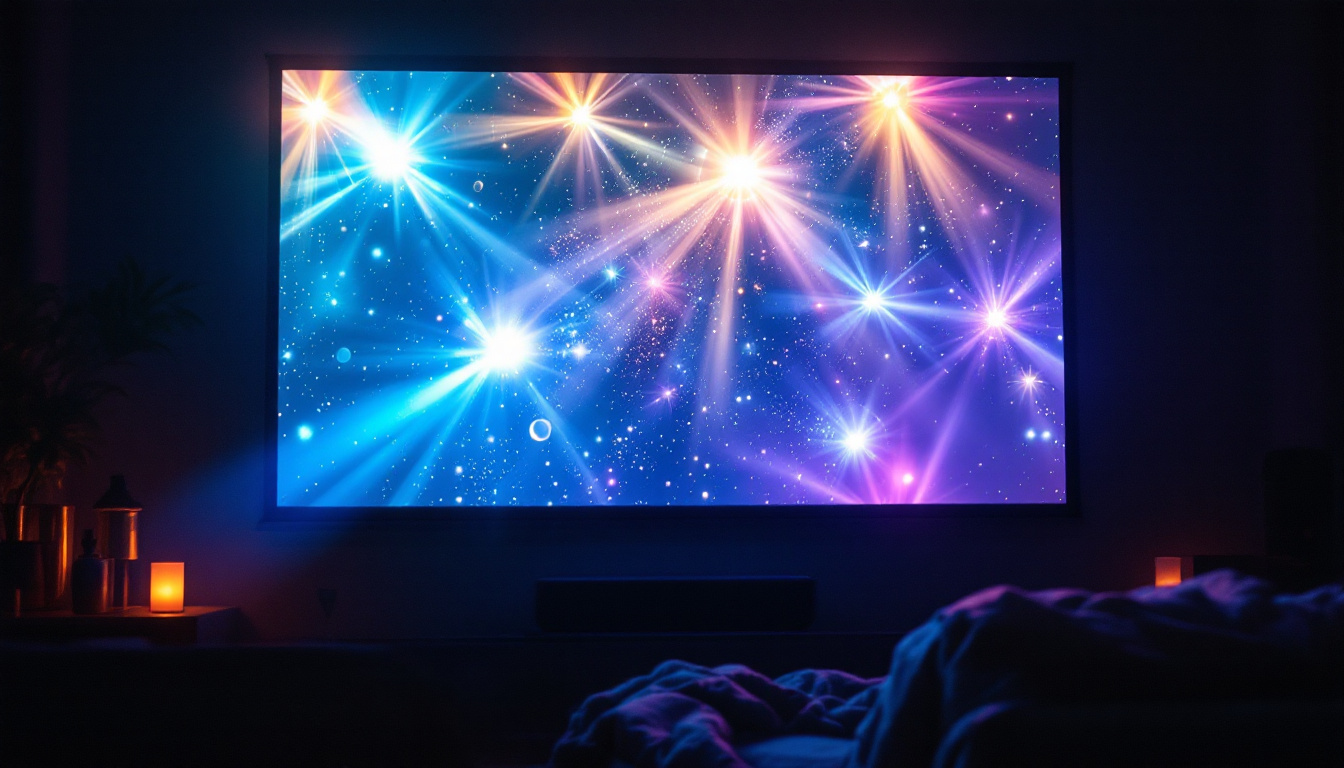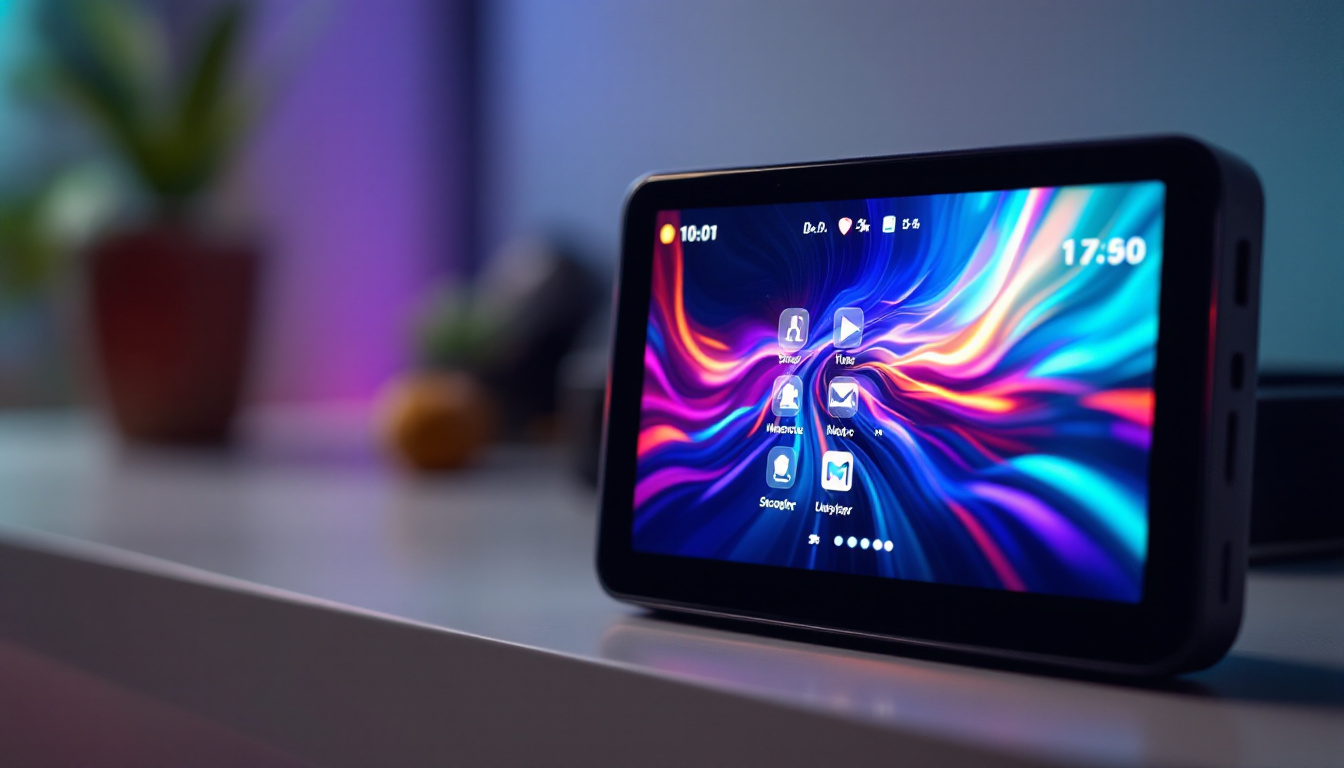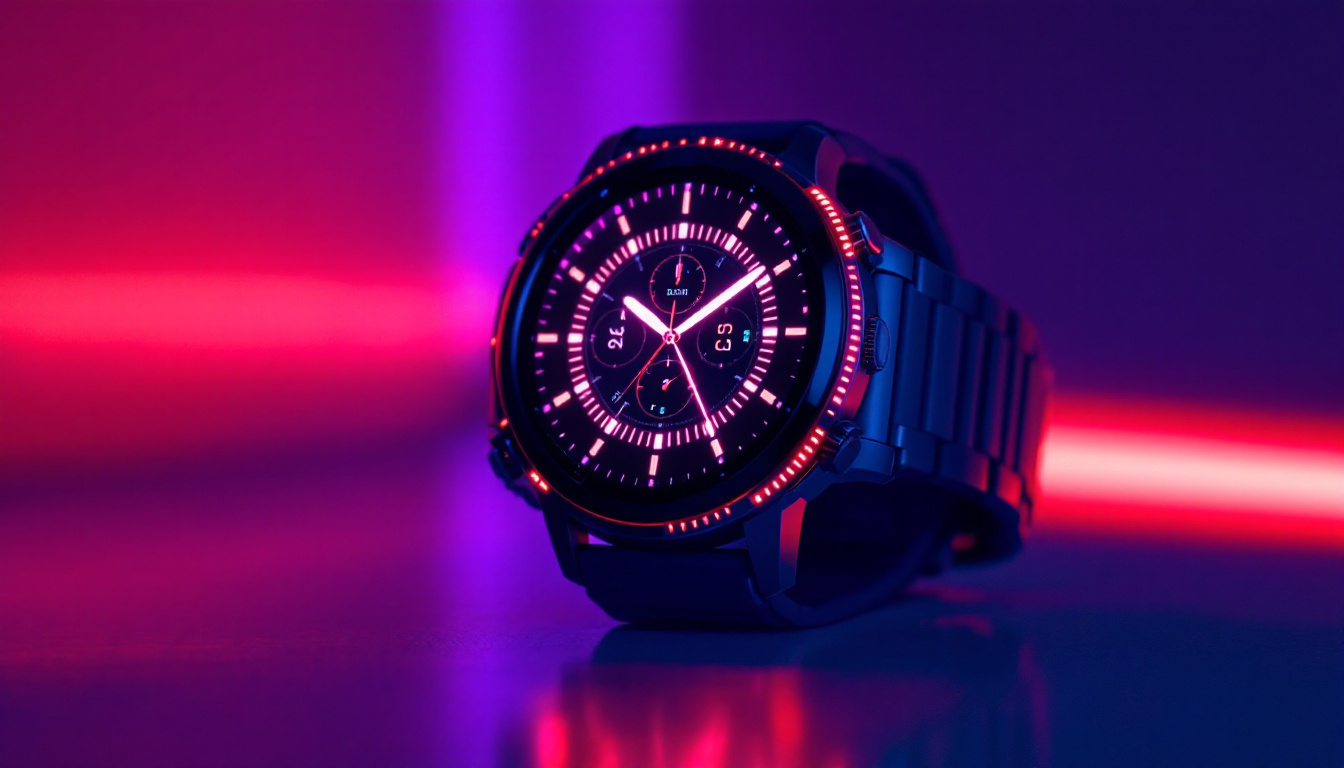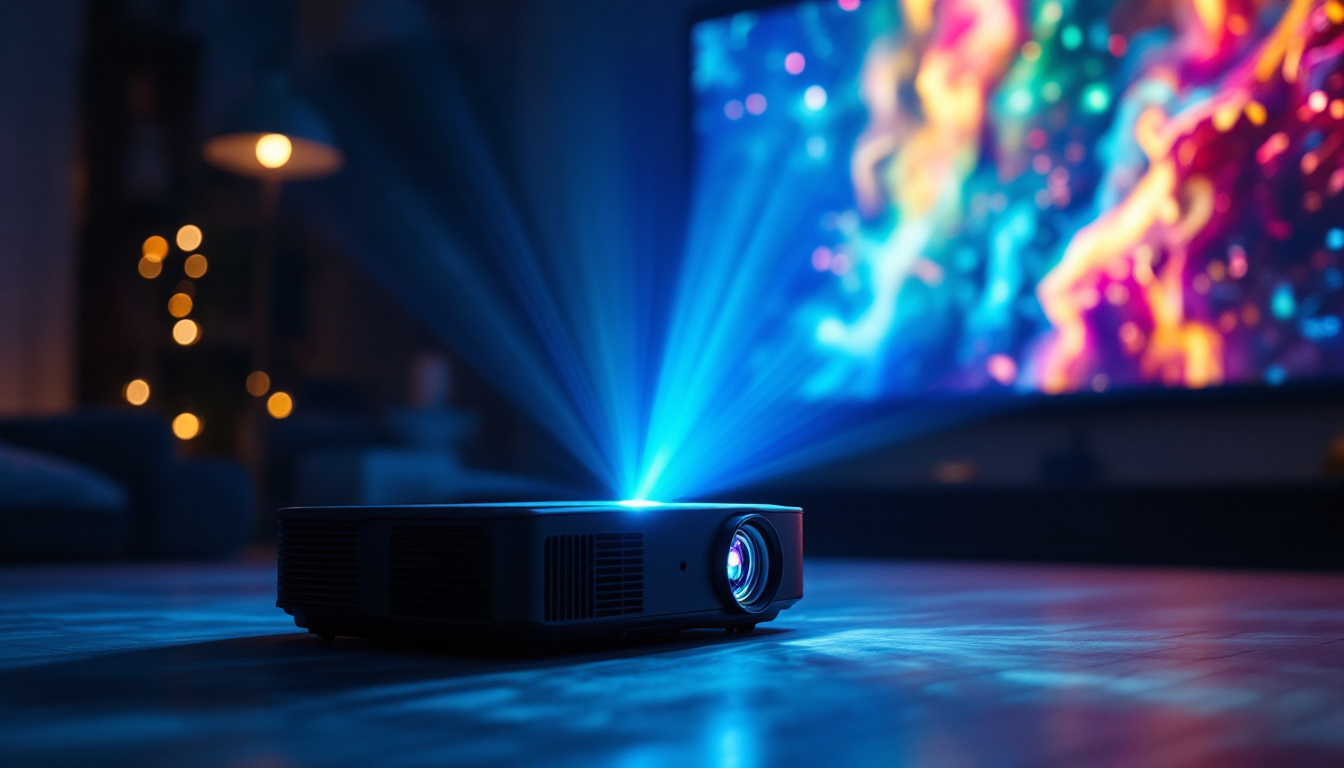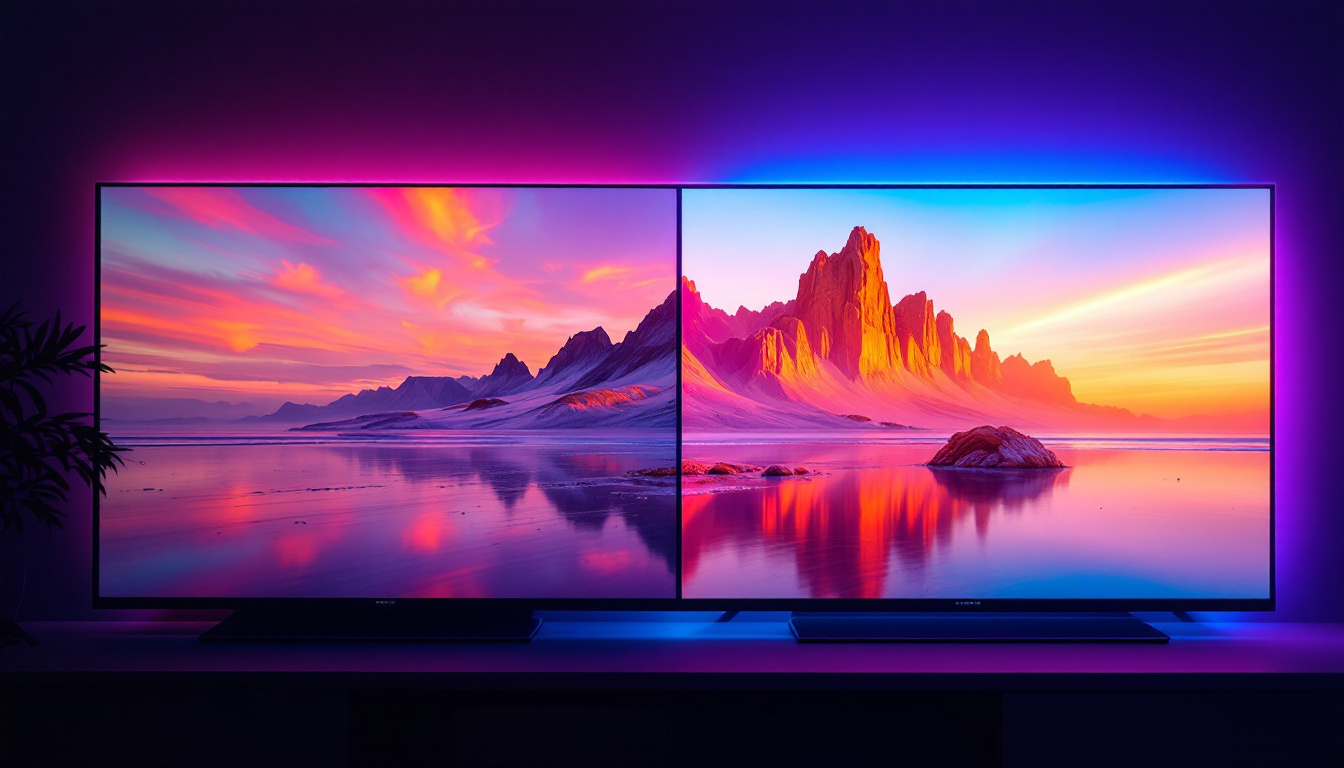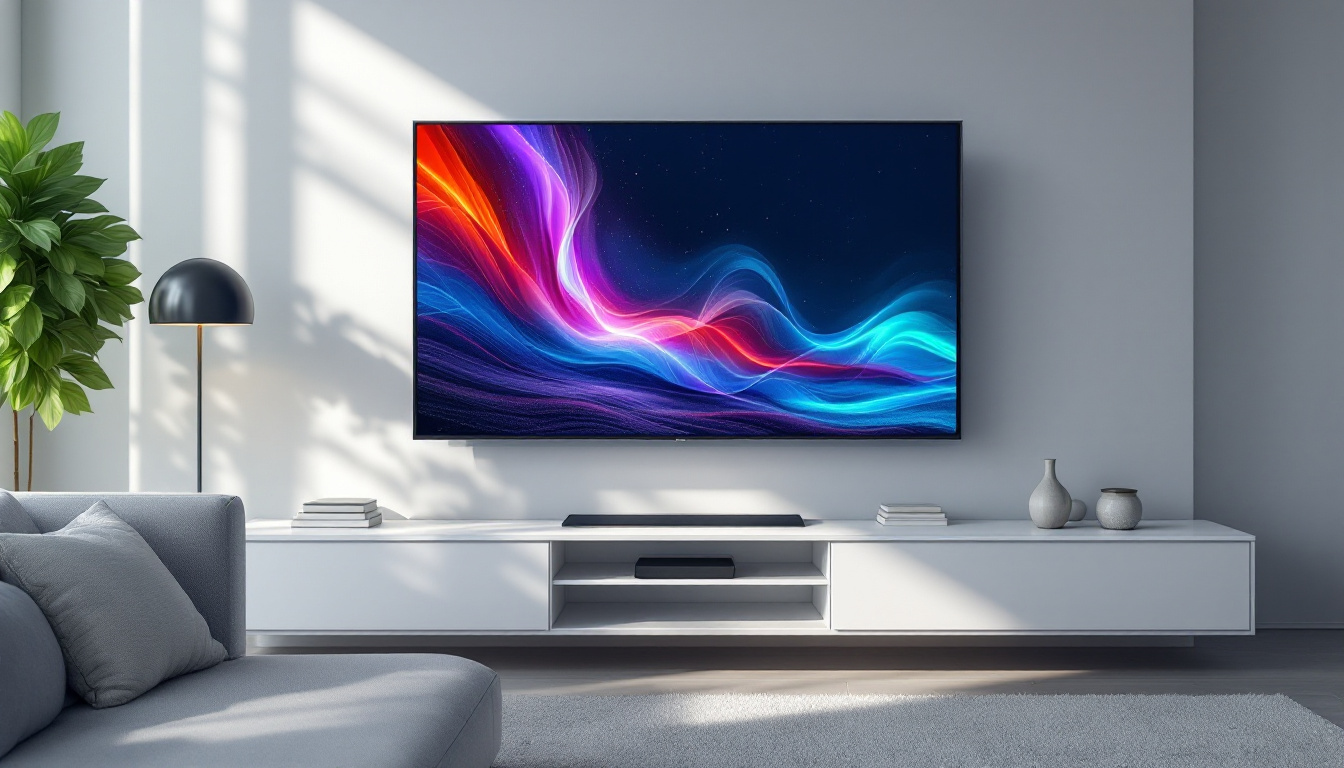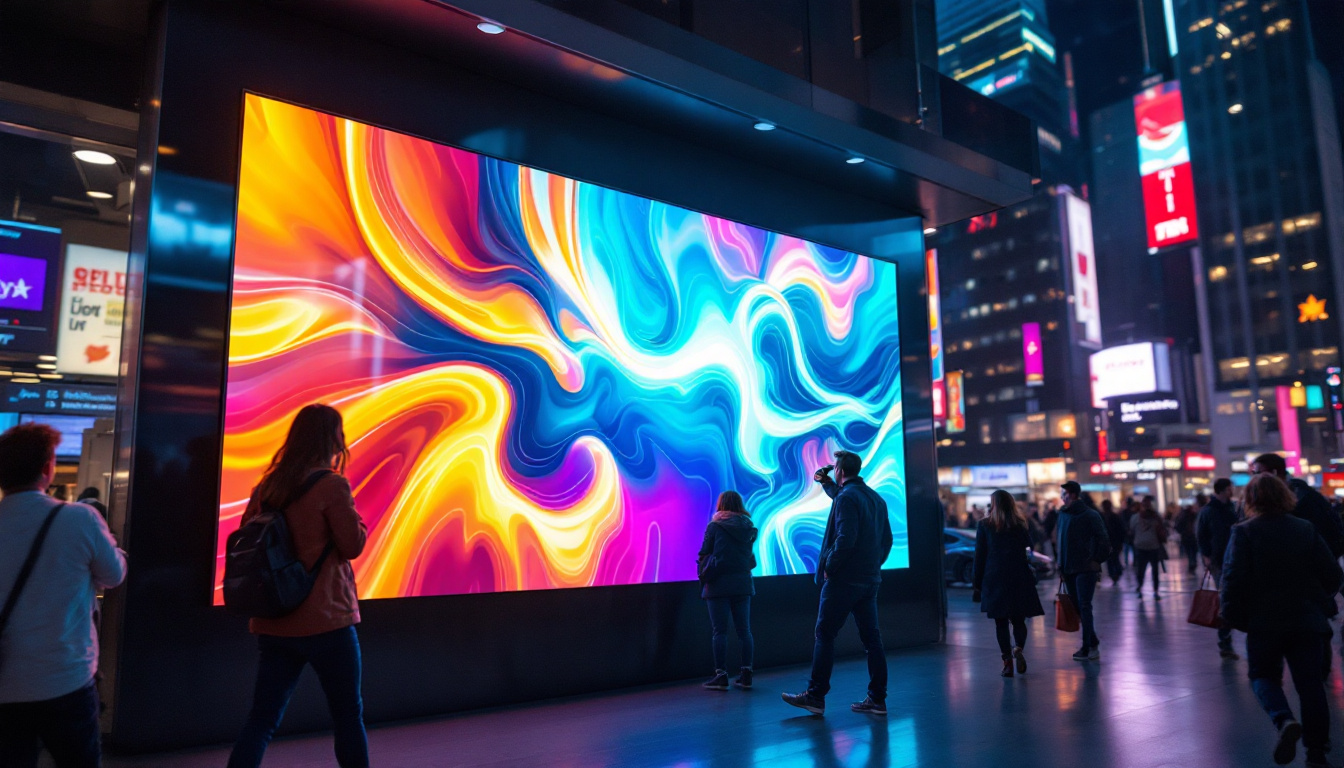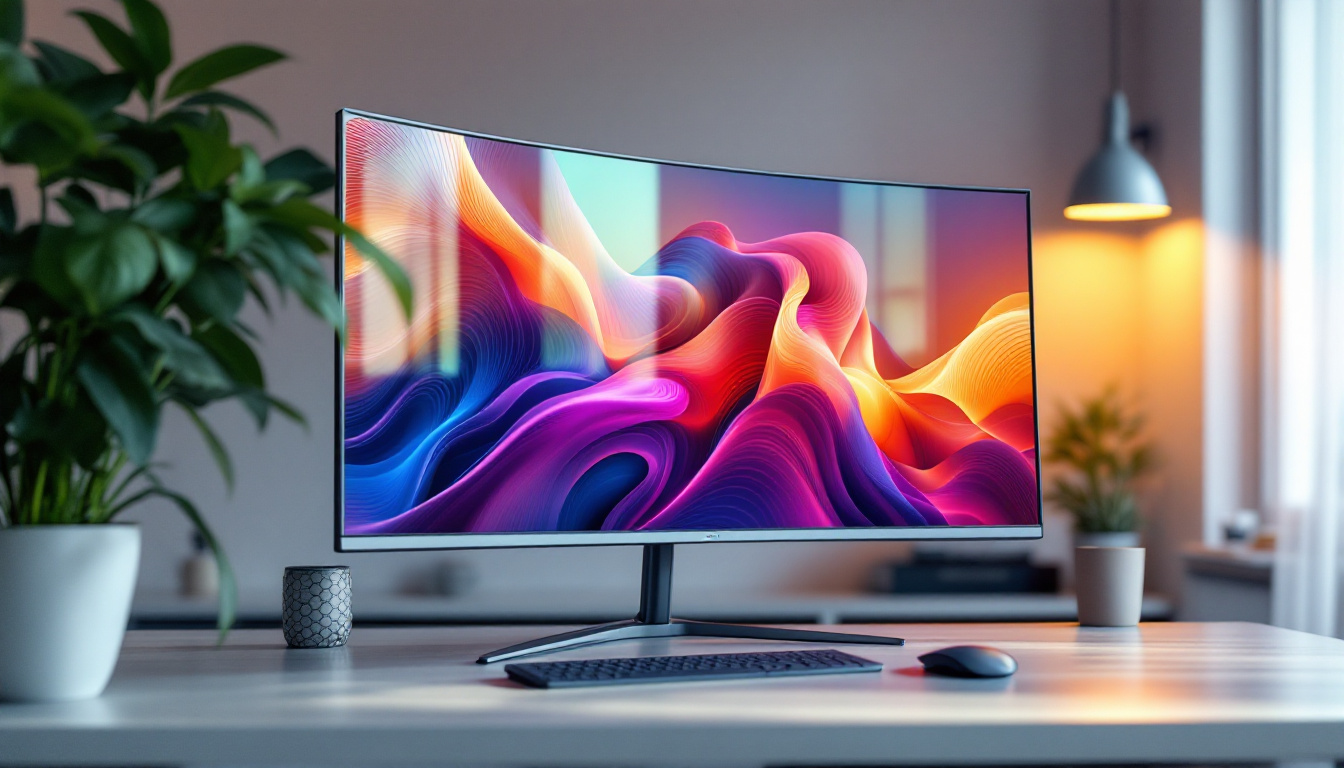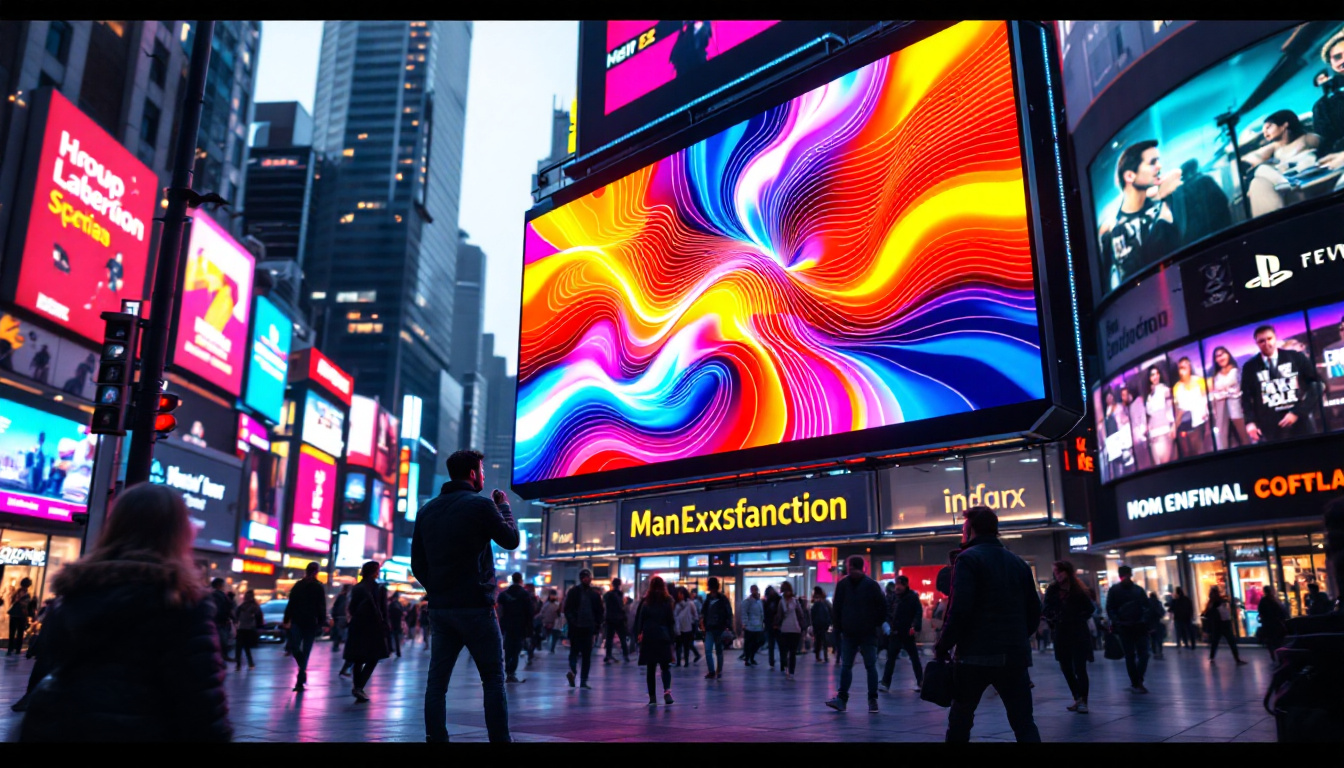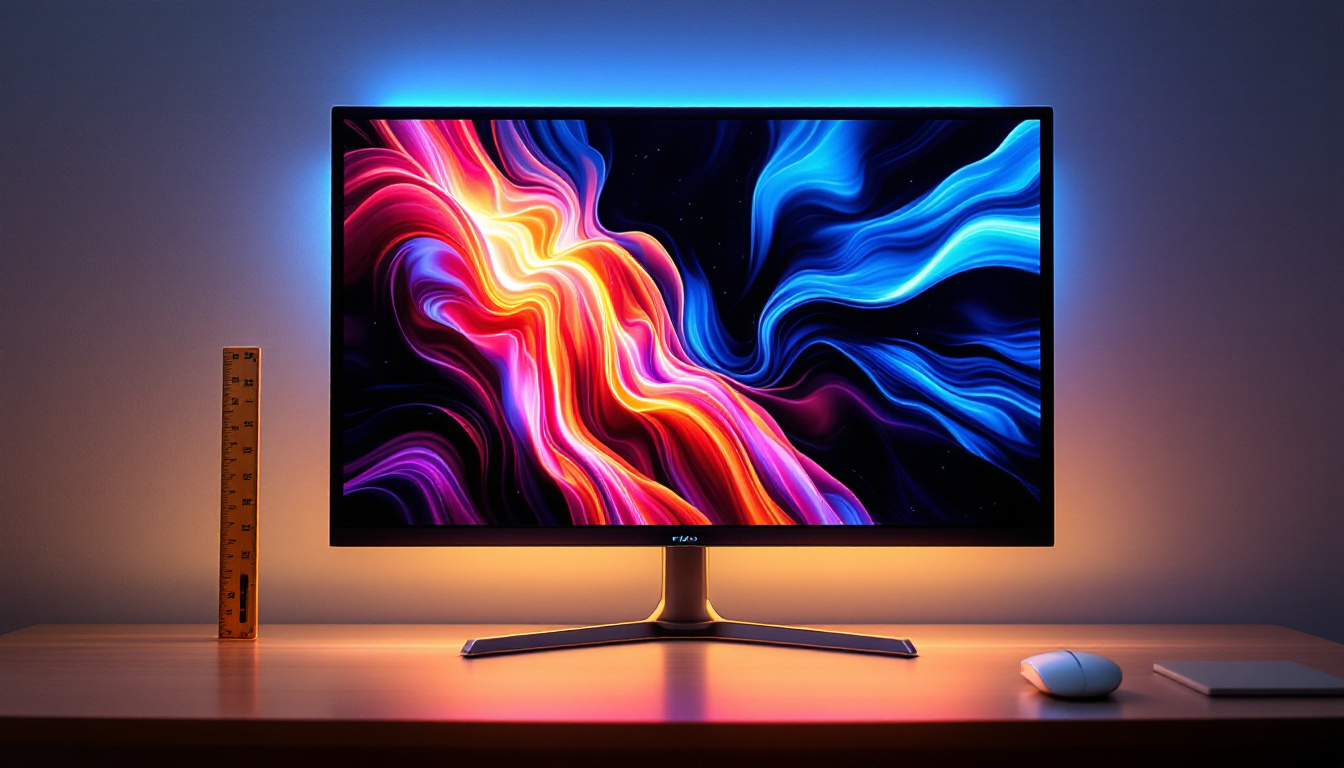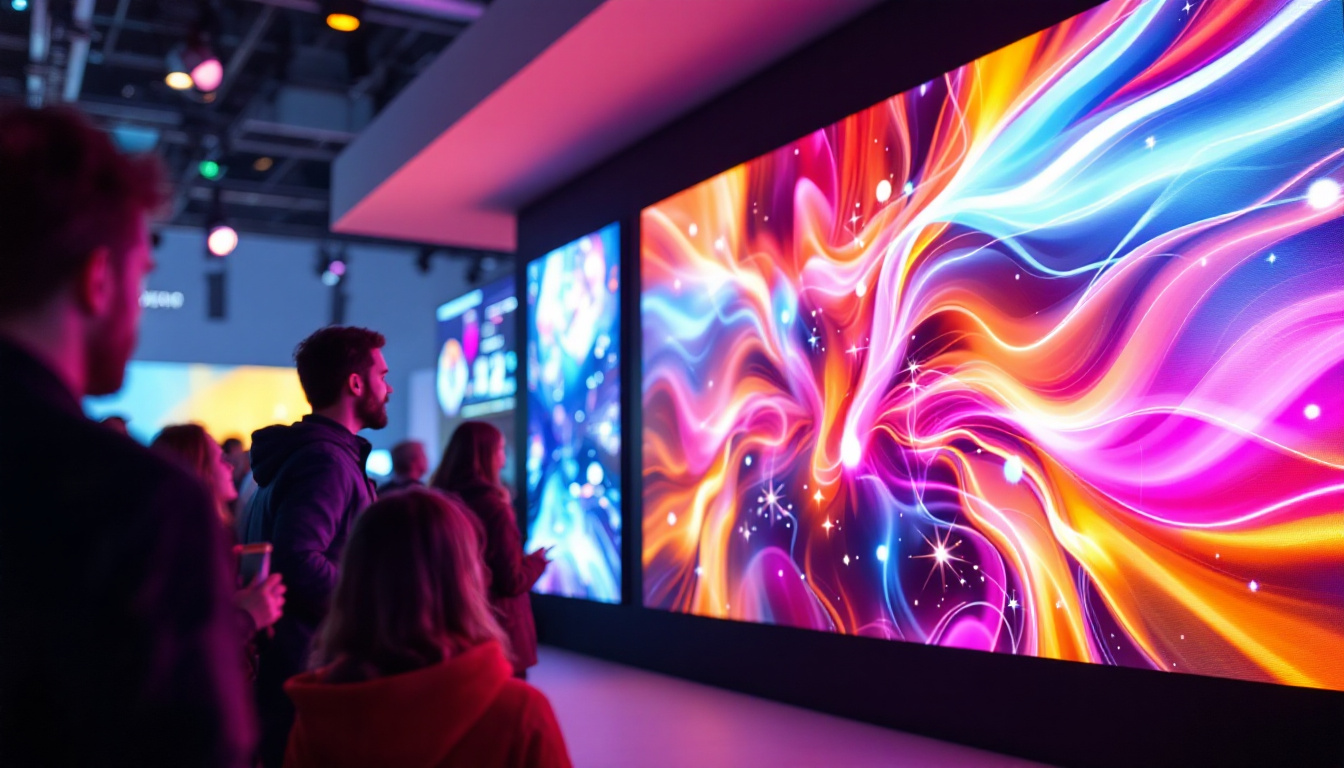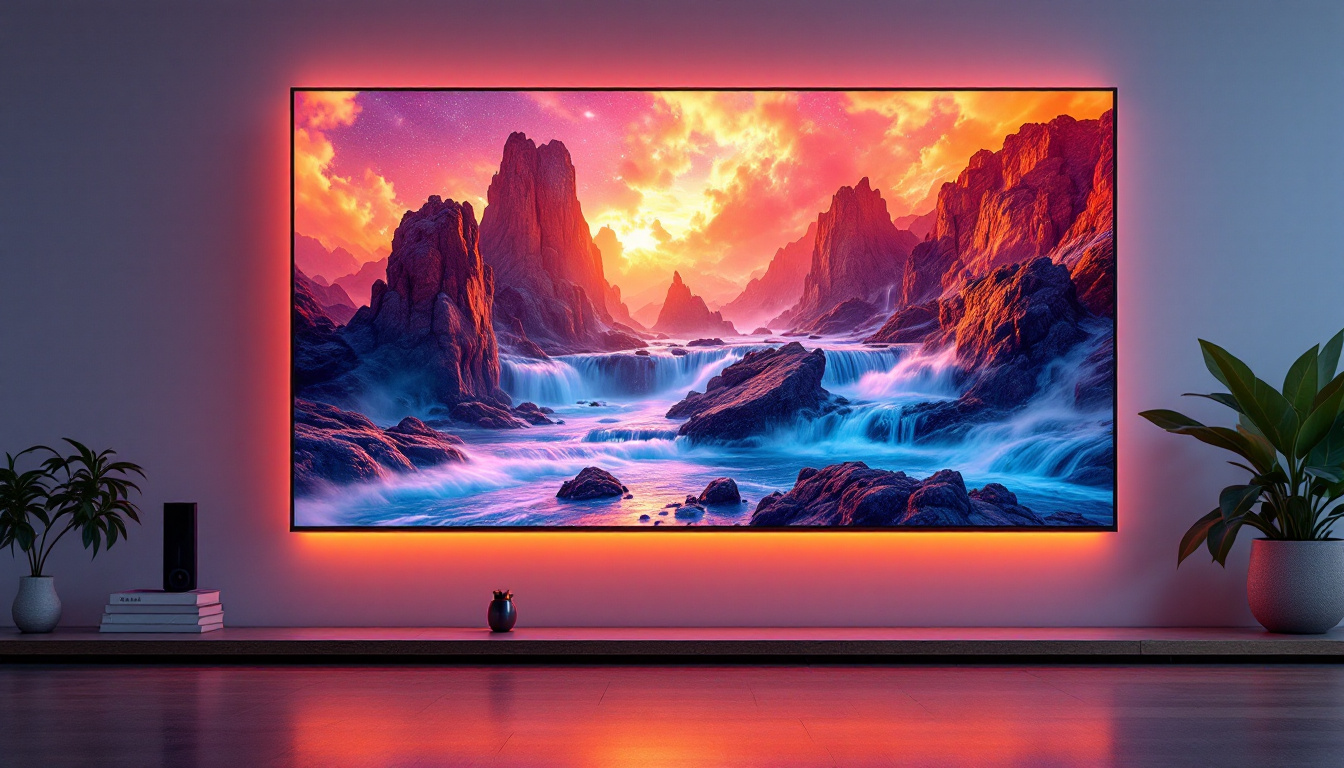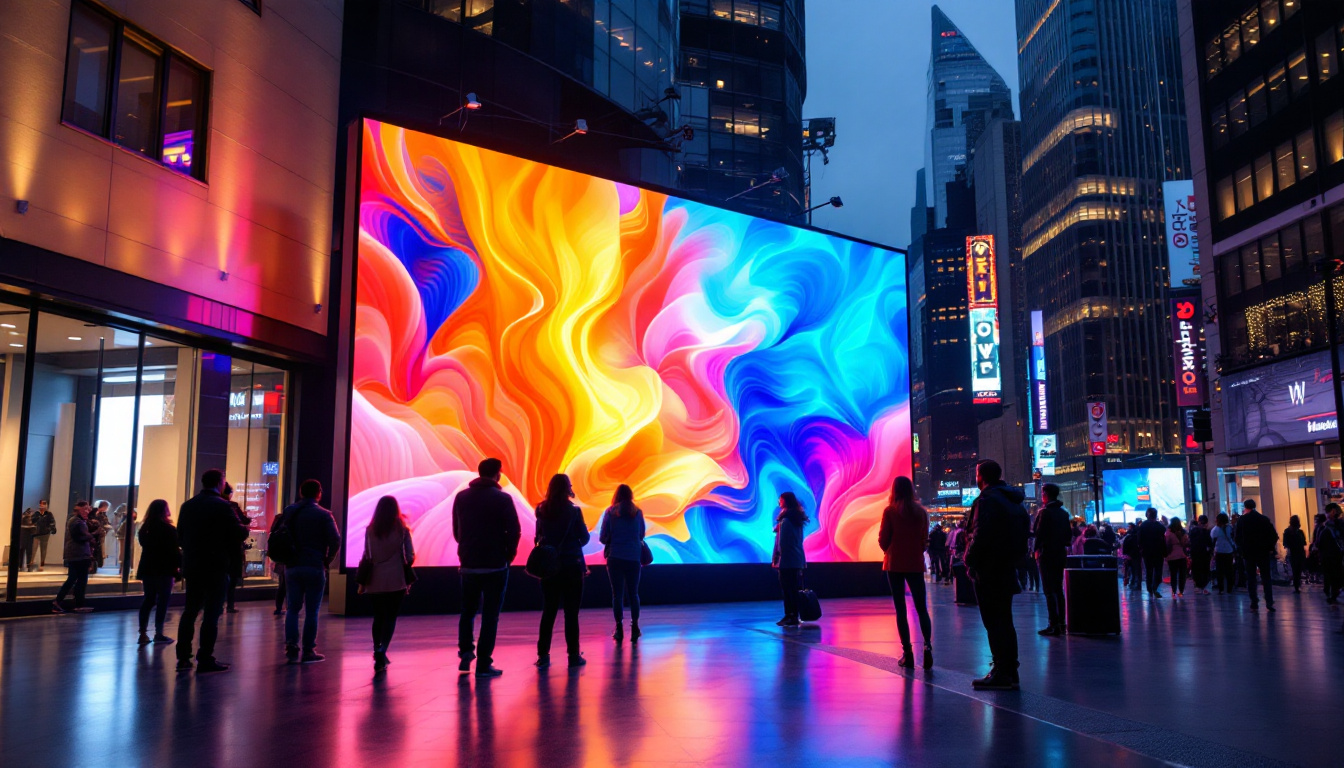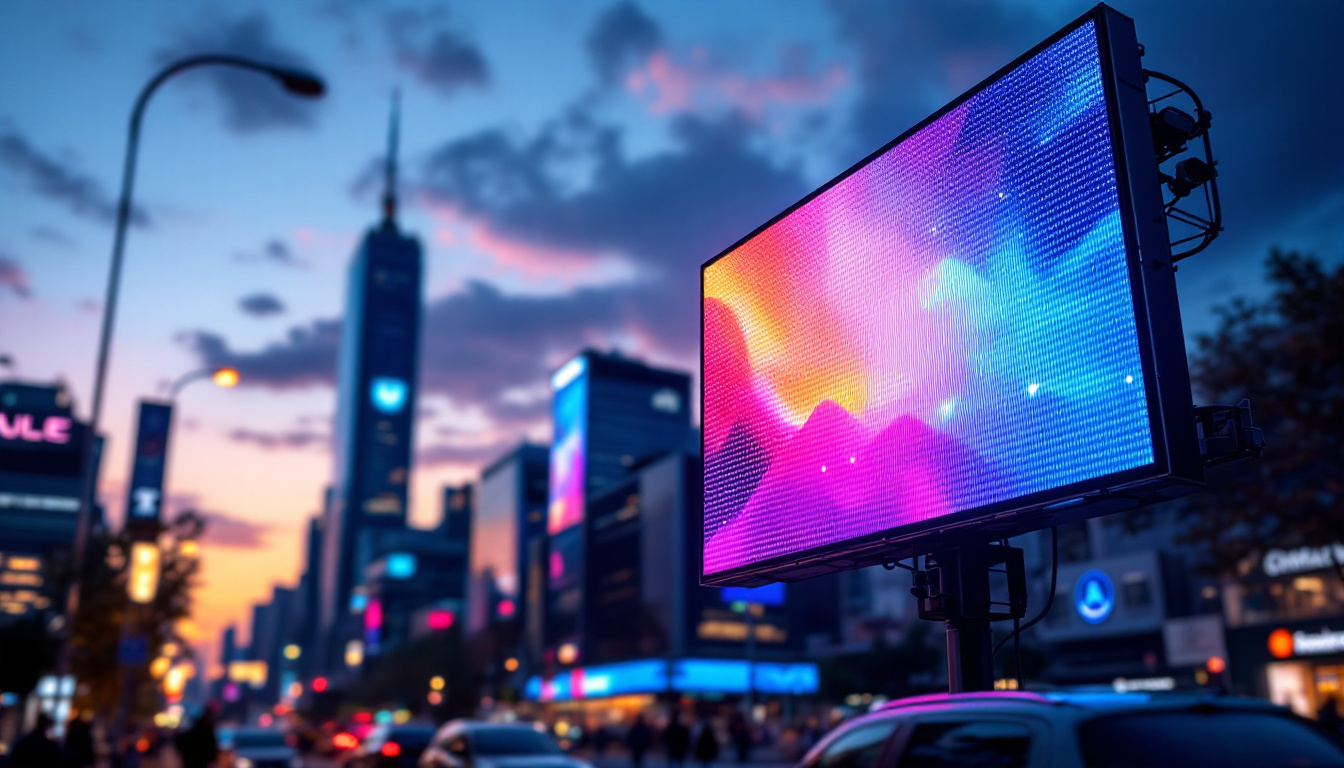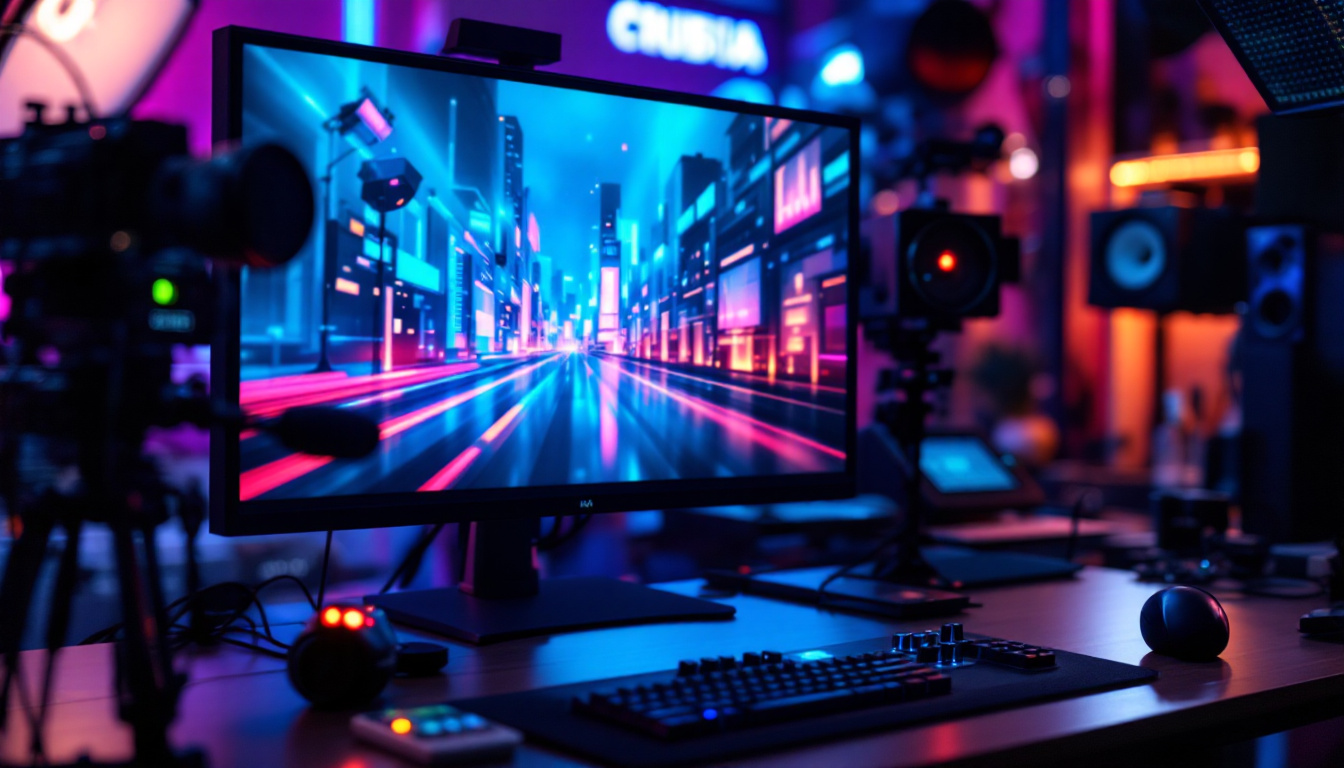In the realm of modern technology, the integration of touch interfaces and LED displays has transformed the way users interact with devices. The combination of touch serial communication and LED technology has opened up innovative possibilities across various applications, from consumer electronics to industrial machinery. This article delves into the intricacies of touch serial technology and its implications for LED displays, providing insights into their functionality, advantages, and potential applications.
Understanding Touch Serial Communication
Touch serial communication refers to the method by which touch-sensitive devices communicate with microcontrollers or other processing units. This technology is essential for enabling interactive displays, allowing users to engage with content through touch gestures. The communication typically occurs over serial protocols, which facilitate the transfer of data between the touch sensor and the controlling device.
How Touch Serial Works
At its core, touch serial communication relies on a series of electrical signals that are generated when a user interacts with a touch-sensitive surface. These signals are then transmitted to a microcontroller, which interprets the data and executes the corresponding action. This process involves several key components, including the touch sensor, the communication interface, and the microcontroller.
The touch sensor detects the presence of a finger or stylus, sending a signal to the microcontroller via a serial connection. The microcontroller processes this information and can trigger various responses, such as illuminating an LED display or executing a command. This seamless interaction between hardware and software is what makes touch serial technology so powerful. The speed of this communication is crucial, as it directly affects the responsiveness of the user interface. High-speed serial communication protocols, such as UART or SPI, are often employed to ensure that the system can handle rapid touch inputs without lag, providing a smooth user experience.
Types of Touch Sensors
There are several types of touch sensors used in touch serial applications, each with its unique characteristics and advantages. The most common types include resistive, capacitive, and infrared touch sensors. Resistive touch sensors are typically more affordable and work by detecting pressure applied to the surface. Capacitive touch sensors, on the other hand, utilize the electrical properties of the human body to detect touch and are known for their responsiveness and durability.
Infrared touch sensors employ a grid of infrared light beams to detect touch, making them suitable for larger displays. Each type of sensor has its specific use cases, and the choice often depends on the desired application and environmental conditions. For instance, capacitive sensors are widely used in smartphones and tablets due to their ability to support multi-touch gestures, allowing users to perform complex actions like pinch-to-zoom. Conversely, resistive sensors are often found in industrial applications where durability and cost-effectiveness are paramount, as they can function reliably in harsh environments. Additionally, advancements in technology have led to the development of hybrid sensors that combine the strengths of both capacitive and resistive technologies, offering enhanced performance and versatility for a range of applications.
LED Displays: An Overview
LED displays have become a ubiquitous part of modern technology, known for their vibrant colors, energy efficiency, and versatility. These displays utilize light-emitting diodes (LEDs) to produce images and text, making them ideal for a wide range of applications, from televisions and smartphones to advertising billboards and industrial equipment.
Advantages of LED Displays
One of the primary advantages of LED displays is their energy efficiency. Compared to traditional display technologies, such as LCD or CRT, LED displays consume significantly less power while providing brighter and more vivid images. This efficiency not only reduces energy costs but also contributes to a smaller carbon footprint.
Additionally, LED displays offer superior brightness and contrast ratios, making them suitable for use in various lighting conditions. Whether in direct sunlight or dimly lit environments, LED displays maintain clarity and visibility, enhancing the user experience. The longevity of LED technology is another notable advantage; many LED displays can last over 50,000 hours, which means they require less frequent replacement and maintenance, further adding to their cost-effectiveness.
Applications of LED Displays
The applications of LED displays are vast and varied. In consumer electronics, they are commonly found in smartphones, tablets, and televisions, providing users with high-quality visual experiences. In the advertising sector, LED billboards and signage capture attention with dynamic content and bright colors, making them effective marketing tools. These displays can be programmed to change messages in real-time, allowing businesses to adapt their advertising strategies quickly based on audience engagement or time of day.
Moreover, LED displays are increasingly utilized in industrial settings, where they can provide real-time data visualization, monitoring, and alerts. This versatility makes them a valuable asset across multiple industries, including healthcare, transportation, and entertainment. For instance, in healthcare, LED displays can be used to show patient information in a clear and accessible manner, while in transportation, they can serve as informative displays for transit schedules or traffic updates. The integration of LED technology into smart city initiatives is also gaining traction, as these displays can be used for public information and emergency alerts, enhancing urban safety and communication.
Integrating Touch Serial with LED Displays
The integration of touch serial communication with LED displays creates a powerful combination that enhances user interaction and engagement. This synergy allows for intuitive control of the display, enabling users to navigate menus, select options, and interact with content seamlessly.
Enhancing User Experience
By combining touch serial technology with LED displays, manufacturers can create interactive interfaces that respond to user input in real-time. This capability significantly enhances the user experience, making it more engaging and intuitive. For instance, in a retail environment, customers can interact with digital signage to learn more about products, access promotions, or even make purchases directly from the display.
Furthermore, touch-enabled LED displays can be programmed to provide visual feedback, such as changing colors or animations in response to user actions. This feedback loop not only makes the interaction more satisfying but also reinforces the connection between the user and the technology. The tactile nature of touch interactions can evoke a sense of control and satisfaction, encouraging users to explore features and offerings more thoroughly. Additionally, the ability to customize these interactions allows businesses to tailor the experience to their specific audience, ensuring that the interface resonates with users on a personal level.
Applications of Touch-Enabled LED Displays
Touch-enabled LED displays have found applications in various sectors, including education, healthcare, and entertainment. In educational settings, interactive whiteboards equipped with touch serial technology allow teachers and students to collaborate more effectively, fostering a dynamic learning environment.
In healthcare, touch-enabled displays can streamline patient interactions, enabling them to access information or complete forms digitally. This not only improves efficiency but also enhances the overall patient experience. For instance, patients can easily navigate through their medical history, schedule appointments, or even access educational materials about their conditions, all through a user-friendly interface. In the entertainment industry, interactive kiosks and displays provide immersive experiences, allowing users to engage with content in innovative ways. These displays can serve as portals to virtual worlds, where users can explore games or interactive storytelling, making the experience not just passive viewing but active participation.
Moreover, the integration of touch serial technology with LED displays is also making waves in the hospitality sector. Hotels and restaurants are increasingly adopting these systems to enhance guest experiences. For example, guests can use touch screens to check in, order room service, or browse local attractions, all from the comfort of their rooms or at the reception desk. This not only streamlines operations but also empowers guests to tailor their experiences according to their preferences, leading to higher satisfaction rates and repeat visits. As technology continues to evolve, the potential applications for touch-enabled LED displays are boundless, promising a future where interaction is not just a feature but a fundamental aspect of user engagement across various industries.
Challenges and Considerations
While the integration of touch serial technology with LED displays offers numerous benefits, it is not without its challenges. One of the primary concerns is the durability of touch-sensitive surfaces. Frequent use can lead to wear and tear, potentially affecting the performance and lifespan of the display.
Addressing Durability Issues
To mitigate durability concerns, manufacturers often employ protective coatings or use materials designed to withstand heavy use. Additionally, advancements in touch sensor technology, such as the development of more robust capacitive sensors, have improved the resilience of touch-enabled displays.
Another challenge is ensuring compatibility between the touch sensor and the LED display. Proper calibration and integration are essential to ensure that the touch inputs are accurately recognized and translated into actions on the display. This requires careful consideration during the design and development phases.
Future Trends in Touch Serial and LED Displays
The future of touch serial technology and LED displays is promising, with ongoing advancements likely to shape their evolution. Emerging technologies, such as flexible displays and augmented reality (AR), are poised to redefine user interactions. Flexible LED displays can conform to various shapes and surfaces, opening up new possibilities for design and functionality.
Moreover, the integration of AR with touch-enabled LED displays can create immersive experiences that blend the digital and physical worlds. As these technologies continue to evolve, they will undoubtedly lead to innovative applications that enhance user engagement across multiple sectors.
Conclusion
The integration of touch serial communication with LED displays represents a significant advancement in user interface technology. By enabling intuitive interactions and enhancing user experiences, this combination has the potential to transform various industries. As technology continues to evolve, the possibilities for touch-enabled LED displays are limitless, paving the way for a future where human-computer interaction is more seamless and engaging than ever before.
In summary, understanding the principles of touch serial technology and the advantages of LED displays is essential for harnessing their full potential. As industries adopt these technologies, the focus will increasingly shift toward creating innovative solutions that prioritize user engagement and satisfaction.
Discover LumenMatrix’s Innovative LED Display Solutions
Embrace the future of interactive technology with LumenMatrix’s comprehensive range of LED display solutions. As a pioneer in the industry, LumenMatrix is committed to enhancing your brand’s presence and creating immersive visual experiences that captivate and engage. From Indoor and Outdoor LED Walls to specialized displays for Vehicles, Sports, and even Custom configurations, our products are designed to revolutionize visual communication. Elevate your space with our cutting-edge All-in-One LED Displays or make a statement with our striking LED Transparent Displays. Ready to transform your user interactions and leave a lasting impression? Check out LumenMatrix LED Display Solutions and step into a world where clarity and impact go hand-in-hand.


